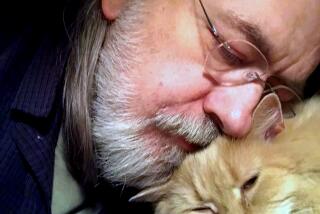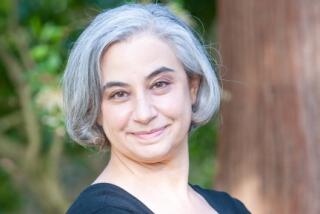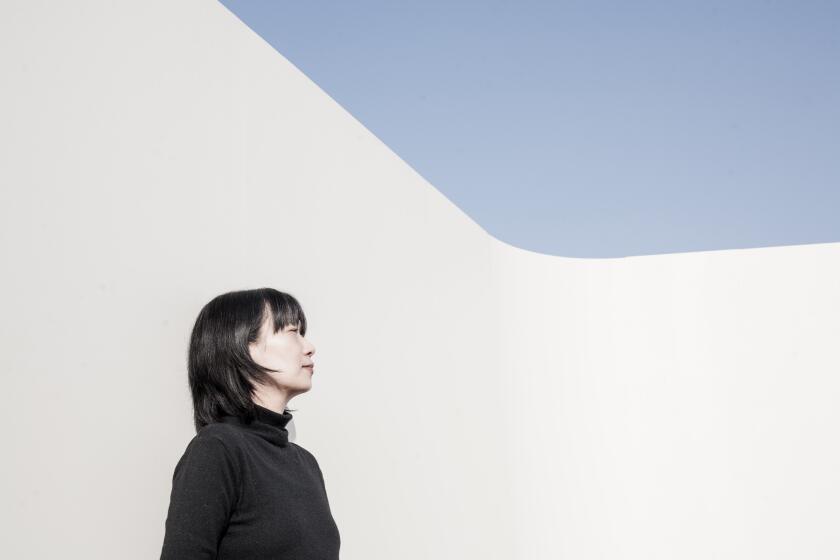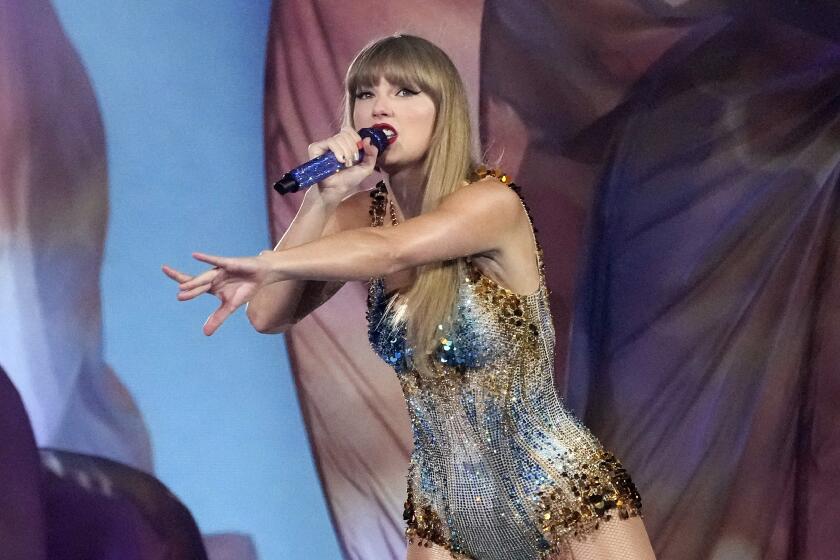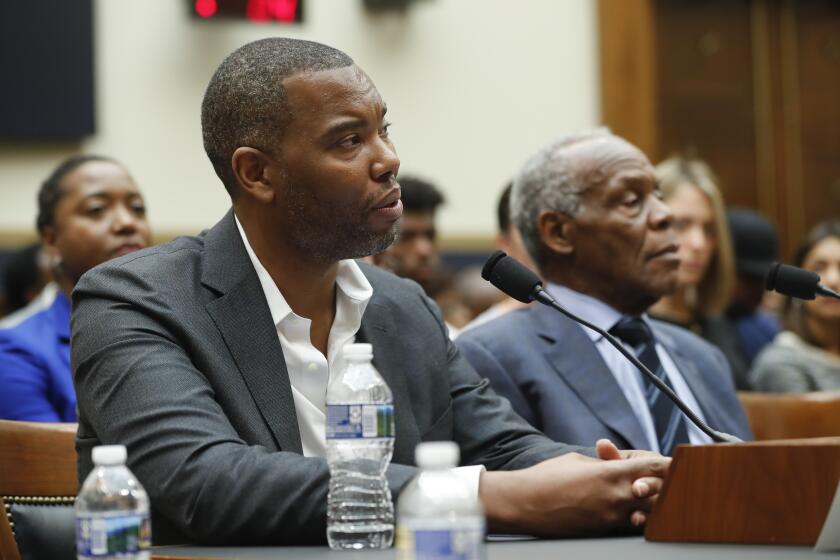London Fields
Are J.M. Coetzee and V.S. Naipaul the same person? More likely they drink from the same inspirational well, like two men on a desert island sharing a canteen. “Youth: Scenes From Provincial Life II,” the second volume of the South African Coetzee’s fictionalized autobiography, and Naipaul’s “Half a Life,” the Nobel laureate’s far more fictionalized but equally autobiographical novella (published in the fall), might well have been created by a single sensibility.
Both are portraits of an artist’s development; both present a dismal picture of artistic frustration expressed through sexual despair; both are set in London, to which city the protagonist in each book has fled from his colonial birthplace. And both novellas are written in an eerily similar pared-down style, through which irony and humor pass like a chill wind almost imperceptibly stirring the naked branches of a thoroughly disenchanted sensibility. John, “Youth’s” protagonist, even has a sympathetic Indian friend who shares with John a dangerously marginal cast of mind.
The ideal form of the novelist’s fictionalized account of his or her artistic growth is, of course, James Joyce’s “Portrait of the Artist as a Young Man,” another novel written by a young colonial inhabiting a repressive, parochial culture.
Like Stephen Dedalus, Joyce’s persona in that novel, the mysterious protagonist of “Boyhood: Scenes From Provincial Life,” and now “Youth,” awakens to the tug of libido and the pull of the imagination at the same time. As Dedalus sits in class listening to the priests describe the torments of hell that await carnal sinners, he feels the “lambent” flame of desire flickering on his cheek. Joyce’s ingenious language represents a beautiful reversal of values: Christ, the “lamb” of God, is restored from an inhuman, punitive eschatology to the redemptive realm of fleshly human joy.
Though Coetzee has Joyce’s novel very much on his mind, “Youth” has nothing of Joyce’s affirmative poetry. It is a dark, dour and depressing book. Having graduated from college, John finds himself in an increasingly violent and repressive South Africa. After the Sharpeville riots, he abandons, in one stroke, both a political system he detests and a stifling mother and a failure of a father who weigh his destiny down like stones in his pockets.
Joyce, about to embark for Paris at the end of his novel, famously sought to “forge ... the uncreated conscience of my race.” “Youth” begins, as it were, where “Portrait” leaves off, in a new place far from the old constraining conditions. Yet, rather than finding liberation and the consummation of his destiny, John begins a steep decline into loneliness and self-doubt and creative paralysis.
It’s not clear why Coetzee, the author of several universally acclaimed novels--”Waiting for the Barbarians” and “Age of Iron” are the two best known--has begun using the form of the novel to examine his own life. Much of his fiction has bordered on parable and allegory; he is less powerful when taking up a realistic style.
Perhaps the unremitting despair of the young Coetzee in these two volumes explains the mature novelist’s flight into allegory. His excruciatingly beautiful laconic style makes the perfect counterpoint to expansive symbolic content. However, in a realistic setting, the style comes across as almost redundant. Only Hemingway could apply a matter-of-fact style to matter-of-fact subject matter, and that was because his plain surface was actually highly mannered artifice. Coetzee has no manner. His style is as affectless as his protagonist.
In London, John, trained in mathematics but aspiring to high artistic achievement, lands a soul-killing office job with IBM. He drifts with equal soullessness from woman to woman, lacerating himself for his lack of prowess and passion. His attempts at poetry and then prose come to naught. He fails at friendship. Like the protagonist of “Half a Life,” he fears that he is following in his ne’er-do-well father’s footsteps. His mother’s letters arrive like infantilizing blows to his ego. John seizes on every setback and drives it like a dagger into his self-image.
And yet, an enormous vanity underlies John’s self-dislike. Somewhere deep inside him is the certainty of an exceptional fate. Indeed, he interprets every horrendous experience as one more step in the life of an artist: There is the lesson of sexual experimentation and disillusionment; the lesson of what he pleases himself to think of as madness; the lesson of total alienation from one’s fellow humans, etc.
These bursts of naivete are sometimes funny and always, and deliberately, ludicrous. But they are also apprehensions of the way a fresh and open mind grows into its special destiny: “He is ready for romance, ready even for tragedy, ready for anything, in fact, so long as he will be consumed by it and remade.” Such a sentiment is both a comical absurdity and a profoundly truthful ambition. John’s naivete allows reality to enter his consciousness unobstructed by the caution experience teaches.
In the end, John’s extravagant self-criticisms are his way of sharpening the “splinter of ice” Graham Greene once said lay inside every artist’s heart. The fruit of John’s dramatic tussle with himself is the distance from self that is the essential quality for making art. This is why, though “Youth” is autobiographical, Coetzee has written it in the third person. It is the “I” rinsed of its ego, shorn of its self-interest.
Though “Youth” and “Boyhood” are like etudes, limbering-up exercises for a writer capable of much greater writing, they offer a nice antidote to present-day memoirs. They demonstrate, to anyone who is interested, that there is a way to write about one’s life without writing about one’s self.
More to Read
Sign up for our Book Club newsletter
Get the latest news, events and more from the Los Angeles Times Book Club, and help us get L.A. reading and talking.
You may occasionally receive promotional content from the Los Angeles Times.

